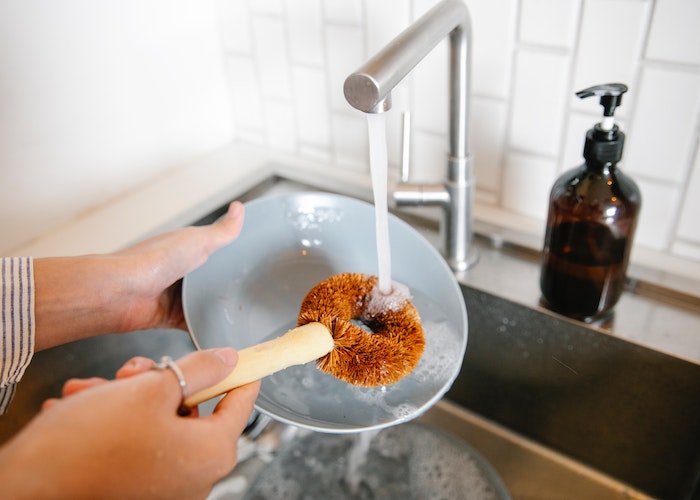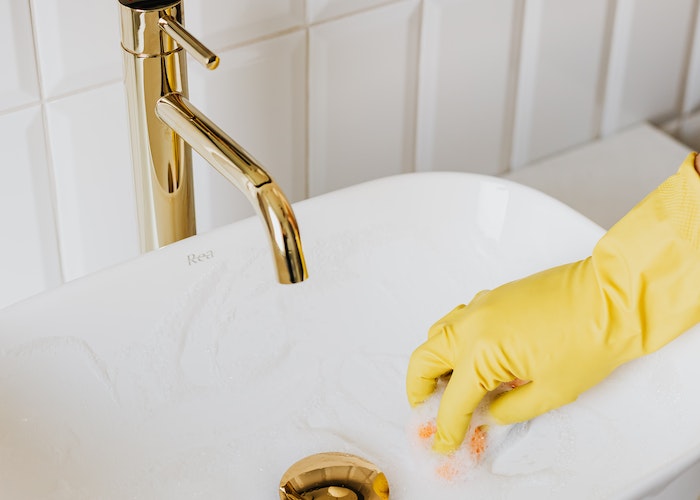Traditional cleaning products have long been a staple in households worldwide, providing convenience and effectiveness in maintaining cleanliness. However, what many people may not realize is that these conventional cleaning products often come with a significant environmental cost. In this article, we will explore the environmental impact of traditional cleaning products, shedding light on the harmful chemicals they contain and the consequences of their usage. By understanding these impacts, we can make more informed choices and seek out eco-friendly alternatives to reduce our ecological footprint and promote a cleaner, greener future.
Various environmental impact of traditional cleaning products

1.Harmful Ingredients in Traditional Cleaning Products
Traditional cleaning products often contain a range of harmful chemicals that can have detrimental effects on both the environment and human health. Some of the common ingredients to be aware of include:
a. Phosphates: Phosphates are commonly found in detergents and can contribute to water pollution by causing excessive algae growth in bodies of water, leading to oxygen depletion and harm to aquatic ecosystems.
b. Chlorine Bleach: Chlorine bleach is a powerful disinfectant and stain remover but can release toxic chlorine gas into the air when used improperly. Additionally, when it enters water systems, it can react with organic matter to form harmful byproducts, including chlorinated compounds.
c. Ammonia: Ammonia is often present in window cleaners, floor cleaners, and other household cleaning products. When released into the environment, it can be toxic to aquatic life and contribute to air pollution when combined with other chemicals.
d. Synthetic Fragrances: Synthetic fragrances found in many cleaning products are often derived from petroleum-based chemicals and can contain harmful phthalates. These chemicals can have adverse effects on both human health and the environment.
2. Consequences for Ecosystems and Water Sources
The usage of traditional cleaning products can have significant consequences for ecosystems and water sources:
a. Water Pollution: When cleaning products containing harmful chemicals are washed down drains, they can enter waterways, potentially contaminating rivers, lakes, and oceans. These pollutants can harm aquatic organisms, disrupt ecosystems, and degrade water quality.
b. Bioaccumulation: Some chemicals present in cleaning products can bioaccumulate in organisms, meaning they build up over time in the tissues of living organisms. This bioaccumulation can have long-term effects on the health of aquatic life and potentially pose risks to higher-level predators, including humans.
c. Disruption of Microbial Communities: Certain chemicals in cleaning products can disrupt the delicate balance of microbial communities in water bodies. This disruption can negatively impact the functioning of ecosystems, including nutrient cycling and decomposition processes.
3. Air Pollution and Indoor Air Quality
The use of traditional cleaning products can also contribute to air pollution and impact indoor air quality:
a. Volatile Organic Compounds (VOCs): Many conventional cleaning products release volatile organic compounds into the air. VOCs can contribute to the formation of ground-level ozone and particulate matter, leading to poor air quality and potential respiratory issues.
b. Indoor Air Pollution: When traditional cleaning products are used indoors, they can release harmful fumes and contribute to indoor air pollution. This can be particularly concerning in poorly ventilated spaces, where the concentration of pollutants can become elevated.
4. Human Health Implications
The exposure to harmful chemicals in traditional cleaning products can have implications for human health:
a. Respiratory Issues: The fumes and particles emitted by certain cleaning products can irritate the respiratory system, leading to symptoms such as coughing, wheezing, and shortness of breath. Prolonged exposure may even increase the risk of developing respiratory conditions.
b. Skin Sensitization and Irritation: Contact with cleaning products containing harsh chemicals can cause skin sensitization and irritation, especially for individuals with pre-existing skin conditions or sensitivities.
c. Allergies and Asthma: The presence of certain chemicals, such as fragrances and irritants, in traditional cleaning products can trigger allergies and asthma in susceptible individuals.
5. Seeking Eco-Friendly Alternatives

To reduce the environmental impact of cleaning products and promote a healthier living environment, it is crucial to seek out eco-friendly alternatives:
a. Biodegradable and Plant-Based Cleaners: Look for cleaning products that are labeled as biodegradable and derived from plant-based ingredients. These products break down more readily in the environment and pose fewer risks to ecosystems.
b. Natural DIY Cleaning Solutions: Explore homemade cleaning solutions using simple ingredients like vinegar, baking soda, lemon juice, and essential oils. These natural alternatives are effective, affordable, and free from harmful chemicals.
c. Eco-Friendly Certifications: Look for certifications such as Green Seal, EcoLogo, or USDA Organic on cleaning product labels. These certifications indicate that the products meet specific environmental and health standards.
d. Minimal Packaging and Refillable Options: Opt for products with minimal packaging or those that offer refillable options to reduce waste and promote a circular economy.
Conclusion
Traditional cleaning products have a significant environmental impact, from water pollution and ecosystem disruption to air pollution and human health implications. By understanding the harmful chemicals present in these products and their consequences, we can make informed choices to reduce our ecological footprint. By seeking out eco-friendly alternatives, utilizing natural DIY cleaning solutions, and supporting sustainable brands, we can contribute to a cleaner and healthier environment for ourselves and future generations. It is time to prioritize the use of cleaning products that are not only effective but also environmentally responsible.
